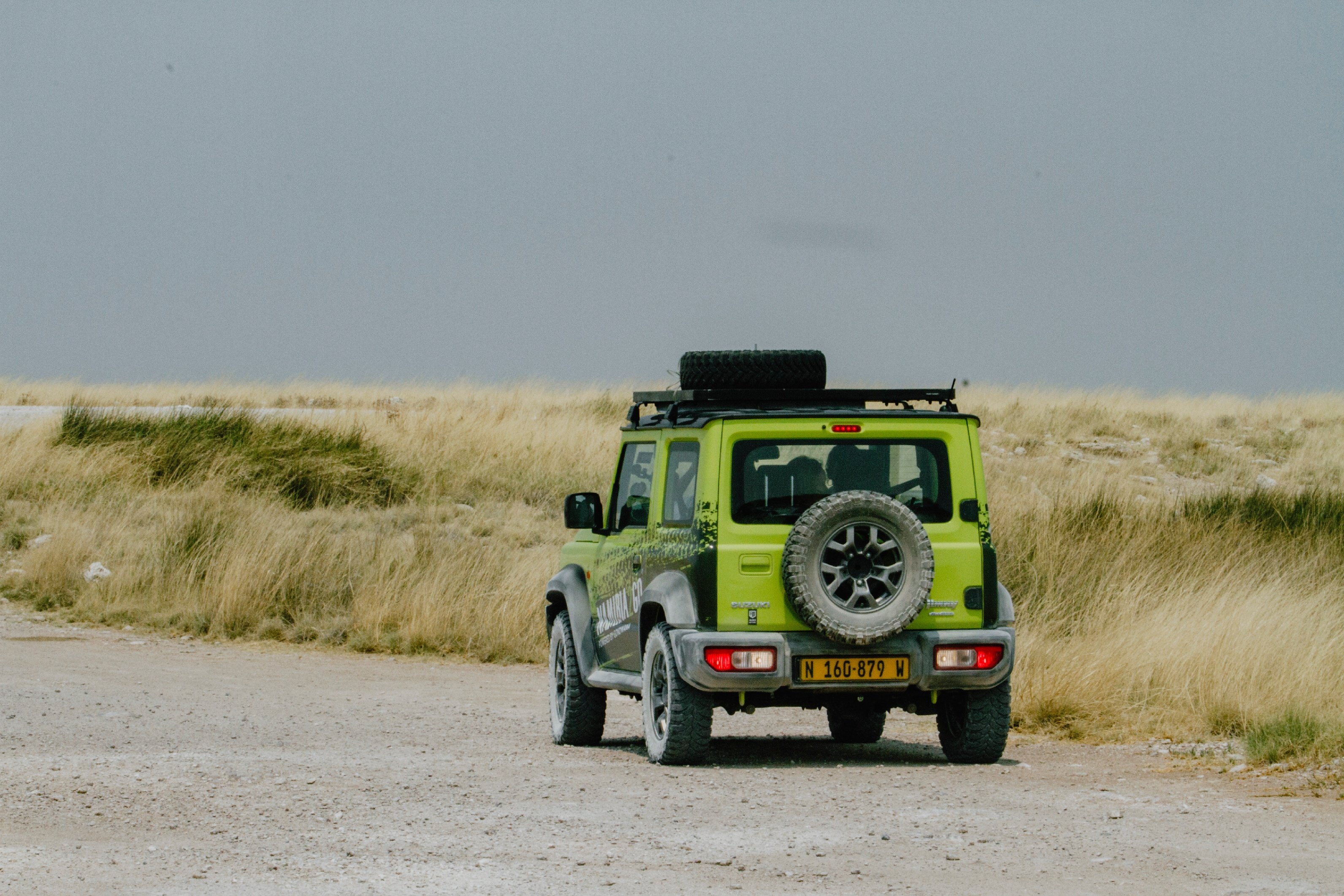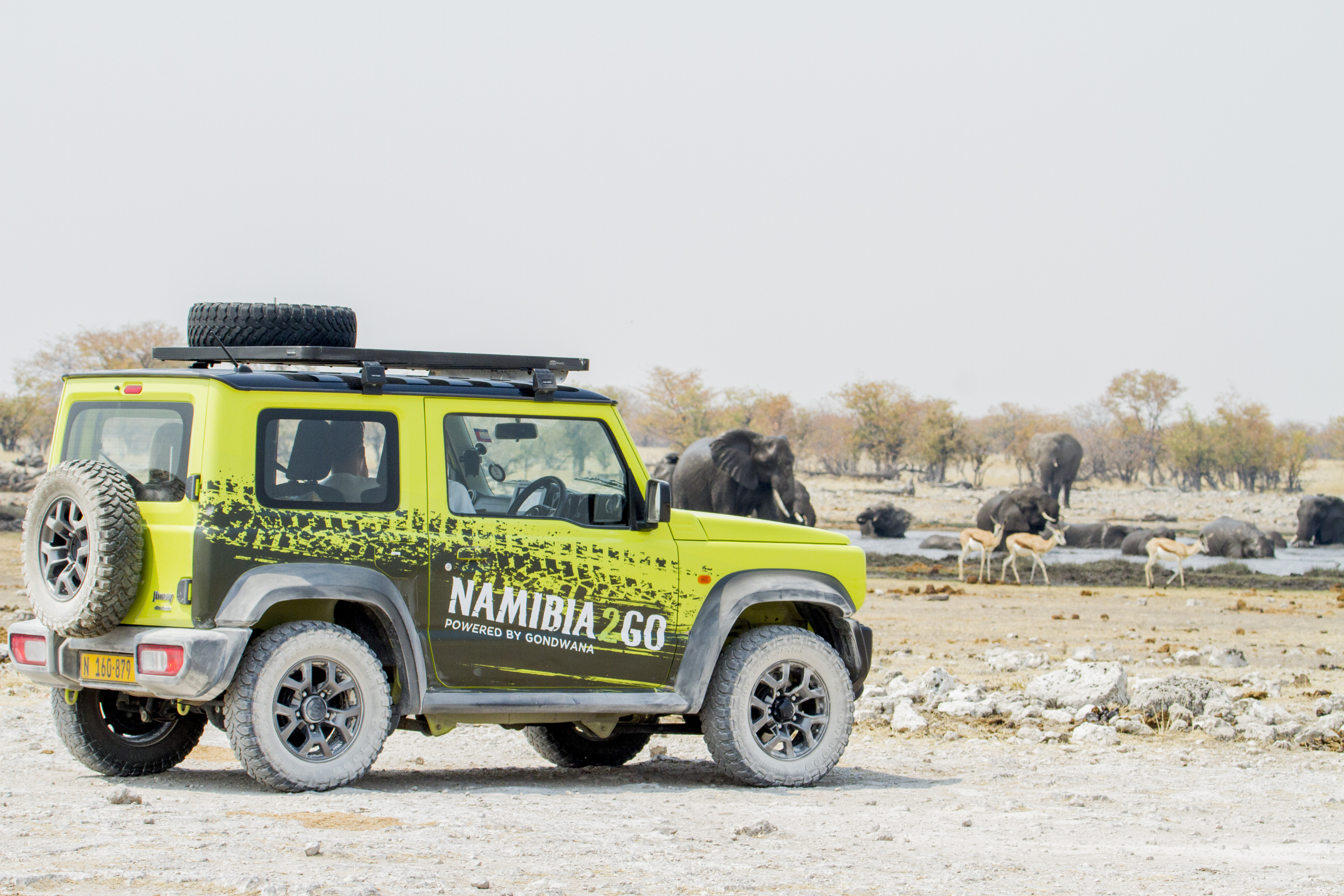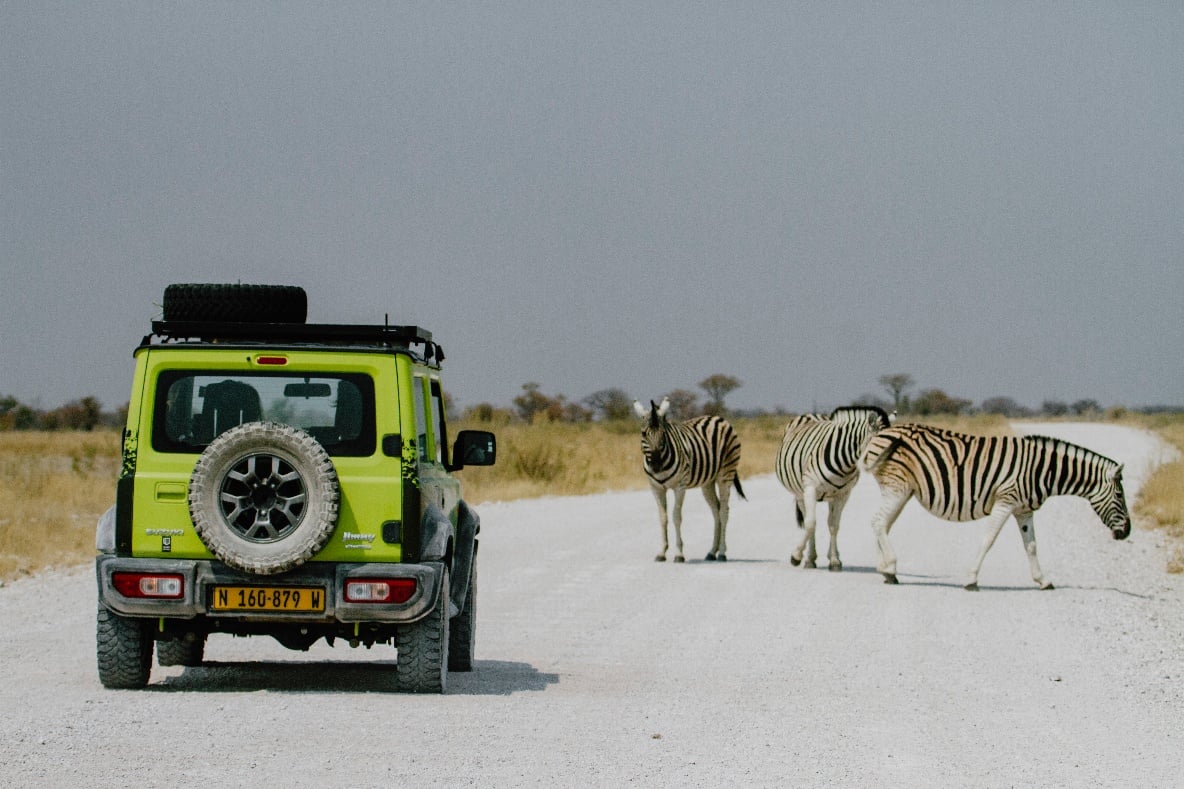Namibia is an ideal self-drive destination although distances between major centres are considerable. Travel in Namibia is safe and relatively uncomplicated; the infrastructure is excellent with well-maintained roads, frequently situated fuel stations and a wide variety of shops, it offers excellent safari experiences.
All our guests beginning their self-drive journey in Windhoek or Swakopmund are given a comprehensive briefing by our knowledgeable staff regarding road conditions, suggested sightseeing along the route and other relevant information.
IMPORTANT:
- Your Driver Licence must be in English otherwise an International licence is required in Namibia
- It is compulsory to have your drivers licence with you at all times
- It is compulsory for the driver and all passengers to wear safety belts.
- The speed limit on tarred national roads is 120 km per hour. However we recommend you do not exceed 100 km per hour.
- The speed limit in towns and villages is 60 km per hour unless otherwise stated
- The maximum speed limit on gravel roads is 80 km per hour. Not all gravel roads are the same! Please adjust your speed according to the condition of the road.
- Avoid driving at night, sunrise or sunset - visibility is low and this is when the wildlife is particularly active.
- In some areas cattle, horses, donkeys and goats graze on the verge of the road reduce speed, as their movements are unpredictable.
- Observe road traffic signs, particularly those that indicate a gentle or sharp curve ahead, cattle grid or drift (dry river bed). In all cases slow right down when approaching these obstacles.
- In rainy weather beware of slippery roads, wash ways and running or standing water in drifts and riverbeds. Check the depth of water before attempting to cross. In most cases the water level drops after a few hours.
- Keep a firm grip on the steering wheel at all times - you never know when a situation might arise.
- Check the availability of petrol on your route. Fuel may only be purchased with cash. The service at petrol stations is not self-service - a petrol attendant will assist you.
- In dusty and misty conditions it is advisable to switch your headlights on.
- With oncoming traffic, reduce speed and keep to the left of the road - however, be aware of sand build up on the outer edge of the road.
- Try to avoid overtaking on gravel roads. If necessary make sure the driver of the vehicle you are overtaking is aware of you - switch your headlights on and pull a little to the right, so that you can see and be seen. Only overtake if you have a long, clear stretch of road ahead of you. When passing stay on the right hand side of the road until well clear of the other vehicle before returning to the left hand side - remember that your tyres throw out stones on gravel roads which could shatter the windscreen of the vehicle you are passing. Also bear this in mind when passing donkey carts and pedestrians in rural areas, so slow down!
- Avoid sudden motions and over-correction of the steering wheel - especially with a vehicle equipped with power steering.
- Avoid applying breaks suddenly or too heavily as you could skid and lose control of your vehicle.
- If you have a flat tyre have it repaired at the next service station.
- Tyre pressure is very important for your vehicle to have good road holding. Observe the pressure recommended by the manufacturer of your vehicle.
- Check engine oil, water and tyre pressure when the engine/tyres are cold.
As a safety precaution it may be worth joining a Namibian Driving Instruction Course and if you are heading into remote areas renting a Satellite Telephone in Namibia (Contact us for more information)
Enquire for your Personal Itinerary
2023 © Gondwana Collection Namibia (Pty) Ltd | Disclaimer | GDPR Compliance | Terms & Conditions




.png?width=200&height=144&name=GTC%20LOGO-01%20(1).png)